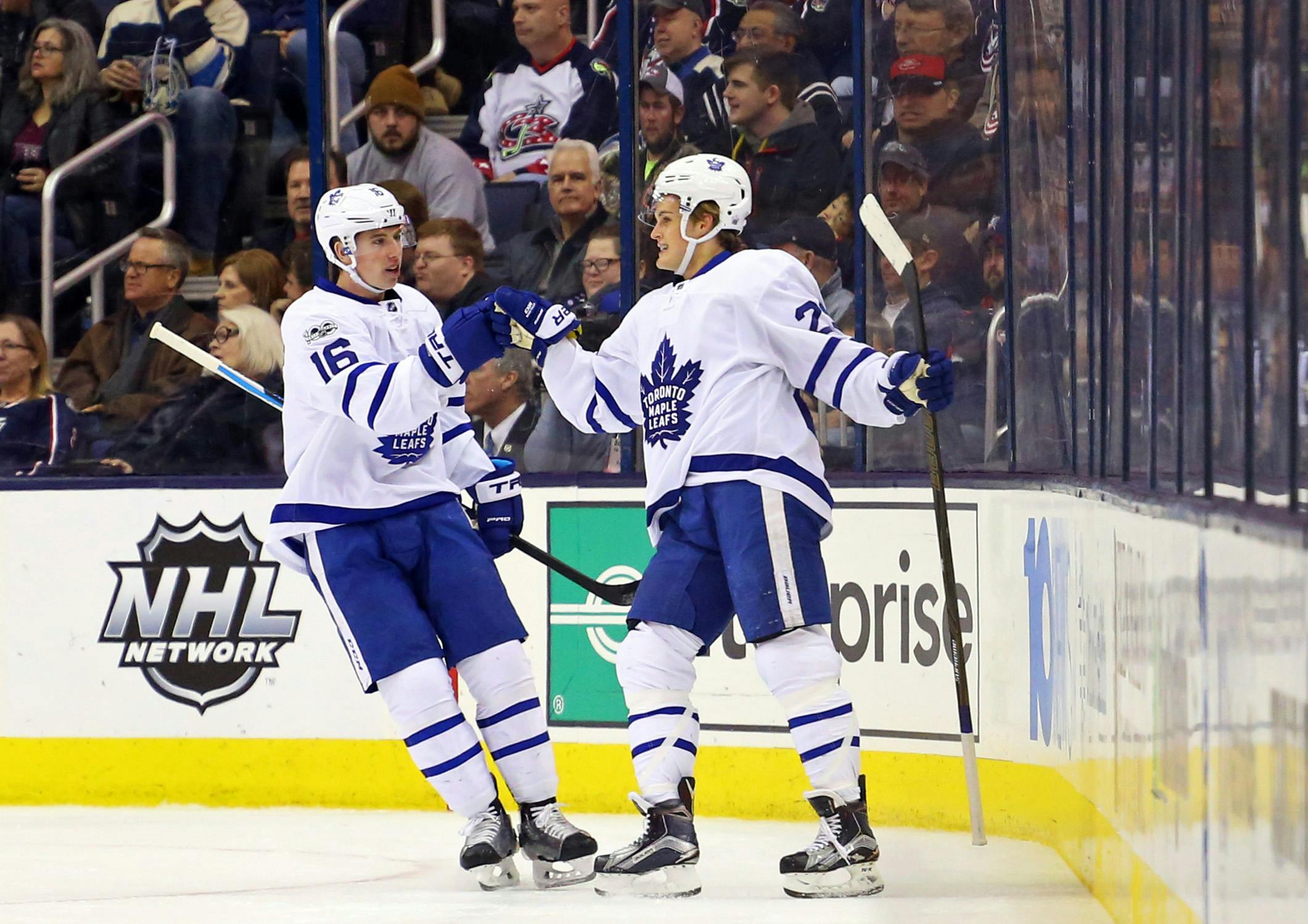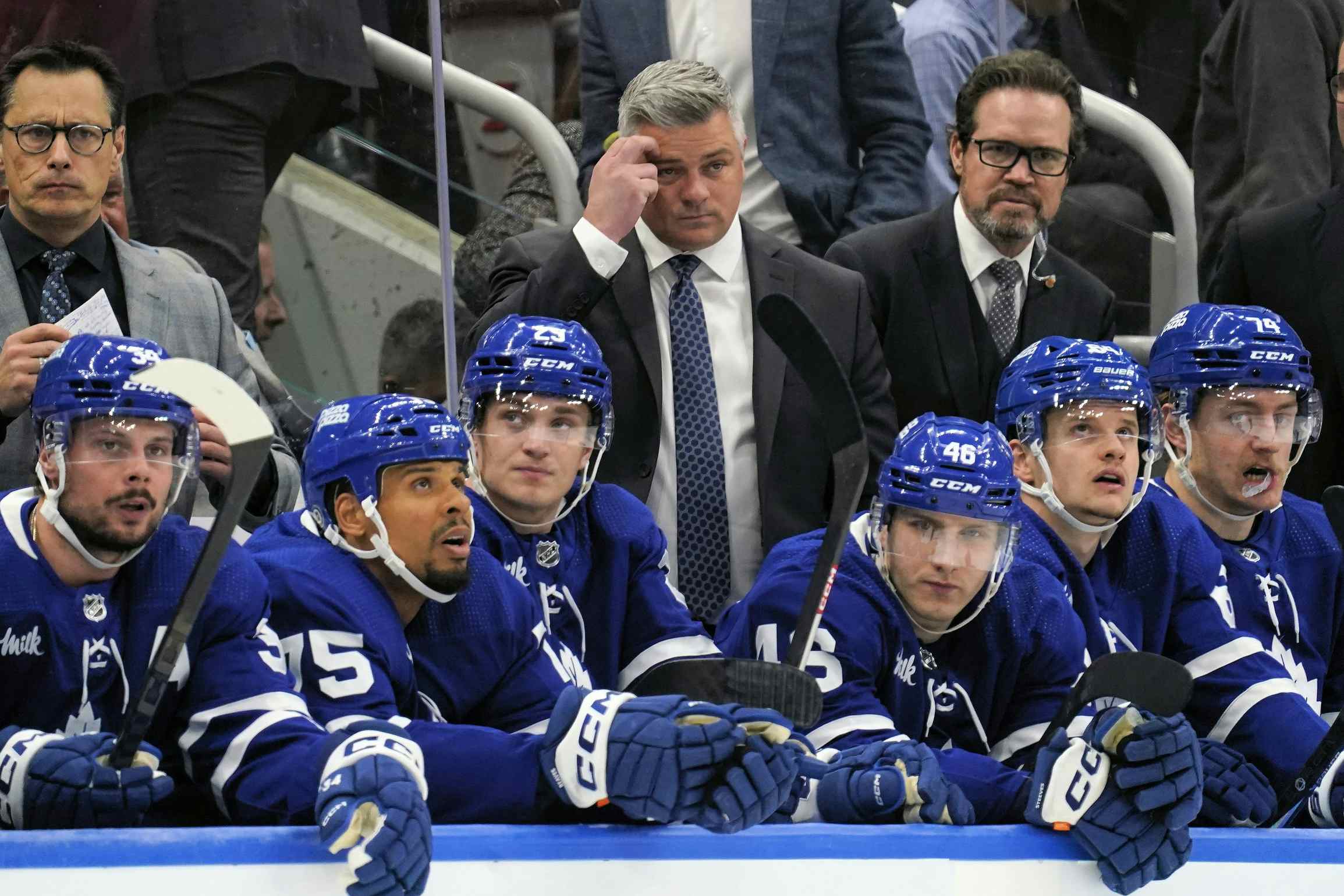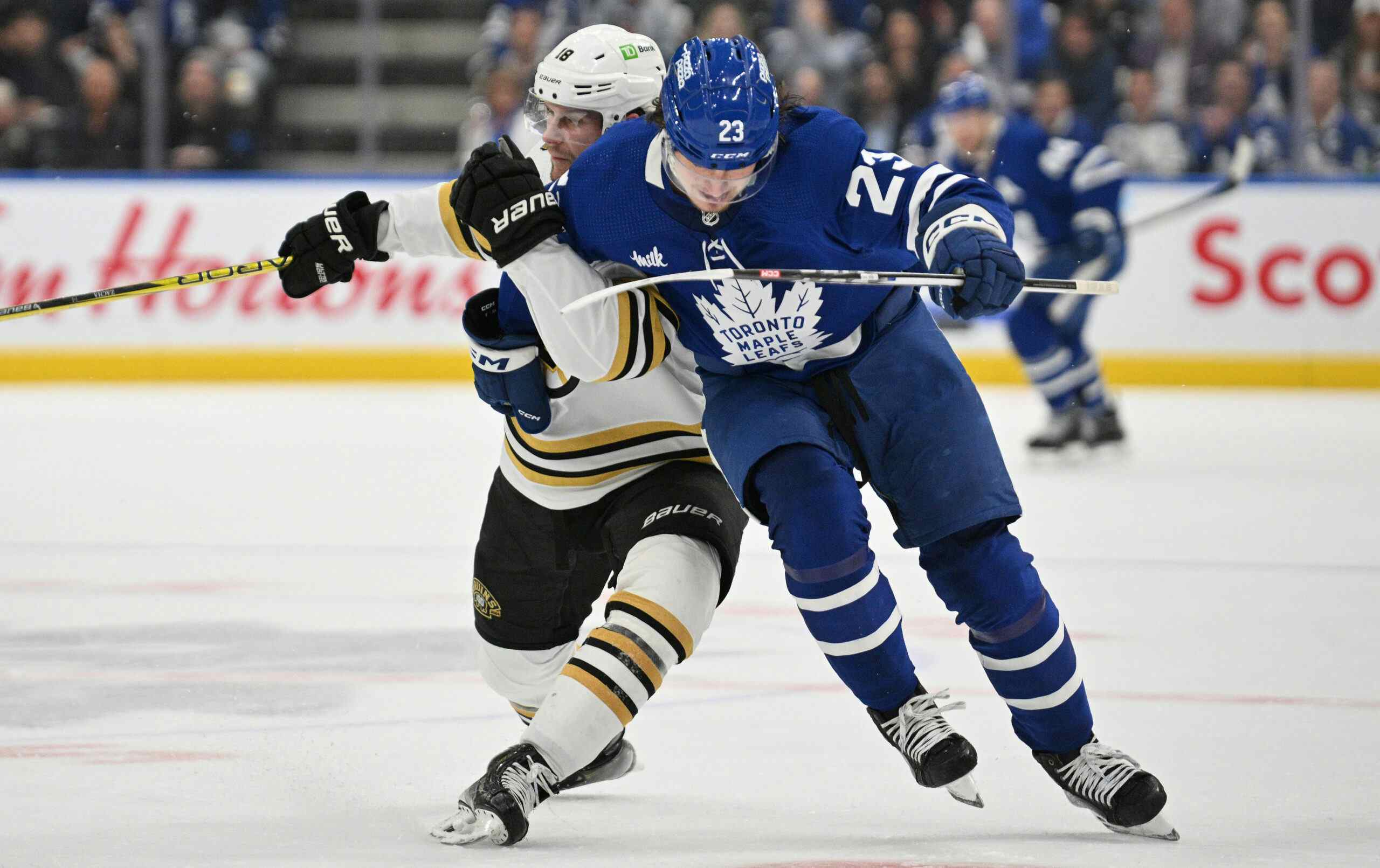The Leafs Can’t Get Their PP to Work

A power play that went into the season with the idea that it would be absolutely terrifying has suddenly been very underwhelming. You’d think that a unit with the lethal shot of Auston Matthews, the net front presence of John Tavares, the power play productive career of Nazem Kadri, and the passing abilities of Morgan Rielly and Mitch Marner on the back end would be nearly unstoppable.
And for a while that was the case. In October, the Leafs power play worked to near-perfection, scoring 10 goals on 31 attempts for a 32.3% rate that was second best in the NHL. They also had the second highest CF/60 on the power play with 117.25, and had the fourth highest xGF/60 at 8.77.
But, those numbers have gotten a bit wackier since then. In November, the Leafs were operating at a 24.3% clip (7th), with a 114.75 CF/60 (2nd) and a 12.54 xGF/60 (1st). Through the first half of December, it’s been operating at a 8.7% clip (28th), with a 108.03 CF/60 (4th), and a 8.44 xGF/60 (3rd).
So, what the heck is going on?
Well, the first thing is luck. You all remember that one power play in Tampa, where the Leafs fired off seven or eight shots at Vasilevskiy, and never left their zone for the entire two minutes, but didn’t score. That’s payback for the first few weeks where it set the league on fire. In October, the power play had a 21.74% shooting percentage, the third highest in the league, which is insane even for a power play unit. Since the start of November, it’s only been at 9.01%, the fifth lowest in the league. So, a lot of this is just simple regression.
As the numbers showed, there was some consistency with their underlying numbers. Both their shot attempts and expected goals for on the power play were roughly the same, so it hasn’t been getting worse in that department. So long as they ride this out, it should go back to somewhere in the middle of what we saw in October, and what we’re seeing now.
But, that’s not to say that there aren’t any problems with the power play. In fact, there are a few adjustments that could be made to make it even better.

Apr 4, 2017; Toronto, Ontario, CAN; Toronto Maple Leafs forward Auston Matthews (34) and Toronto Maple Leafs forward Mitchell Marner (right) during the warm up against the Washington Capitals at Air Canada Centre. Mandatory Credit: John E. Sokolowski-USA TODAY Sports
First, the problems. Between what I’ve noticed and the opinions I’ve seen floated about, I’ve identified three key problems.
- Babcock isn’t playing the top unit enough. He’s decided to load up the top unit, but then continues to play the much weaker second unit almost equally. Using Morgan Rielly and Jake Gardiner as the base for when each unit is on, the first unit has only been on for roughly 57.39%. Considering that most teams with loaded power plays give it about 70% of PP time, this is too low.
- The top unit has become extremely predictable. It doesn’t take much analysis to pick out what each player does what and learn to counter it. Rielly and Marner pass it between each other until either Matthews is open to wire a shot, or eventually Marner shoots it, and Tavares either deflects it or goes for the rebound. Meanwhile, Kadri goes to support whoever needs it, and acts as a transition for the puck. It caught the league by surprise at first, but eventually teams caught on, and can counter it a bit better.
- The top unit struggles to set up once the puck has been cleared. It seems like once the other team’s penalty kill gets the puck out of the zone, the unit can’t get set up again. They’ll dump it in, but no one can get to the puck before the other team grabs it and clears it again. They’ll try to carry it in, but the penalty kill clogs up the neutral zone giving them almost no entry, and the few that get through, the other team pressures the lone player entering and gets the puck before the Leafs can set up again. While the top unit dominates when it wins the initial faceoff of the power play, it’s due to it being really easy to set up off of it, and they can get the puck moving from there.
So, there are a couple solutions to these problems. The easy one for the first one is for Babcock to wake up and stop playing the second unit so much, and they should rarely start a power play. The second solution could potentially fix two, if not all three problems, and that is take Mitch Marner off the unit, and put William Nylander in his place.
Ok, I know what you’re thinking. Why would taking the Leafs point leader off the top unit fix it? Well, first off, it would potentially give the two units a bit more balance. Last season showed us that Marner is more than capable of running a power play on his own, and it could give the second unit a bit more spice.
Secondly, Nylander in Marner’s spot would give the unit a bit more unpredictability. As great as Marner has been there, his shot isn’t as threatening as Nylander’s. Considering Nylander’s chemistry with Matthews, that gives the Leafs an added threat on the half walls, as Nylander is just as capable of making those cross seam passes that Marner has been to Matthews for him to easily score.
Failed to load video.
Failed to load video.
And if the opposing team decides to shift towards Matthews and shut down the pass, Nylander can just as easily get a shot off with the space created.
Failed to load video.
Failed to load video.
Also, it would really help in terms of helping the power play set up again. Looking at 5v5 CF% stats between 2015-19 among players on this current Leafs roster, William Nylander sits 5th at 52.11%, and there’s a good reason for it.
Based on this (limited) zone entry data provided by Corey Sznajder and illustrated by Sean Tierney, the duo of Matthews and Nylander are pretty good at entering the zone (usually thanks to Nylander) and either getting a pass off, generating a shot, or even recovering a dump-in, and this is all at even strength, so it could probably do some damage on the power play.



Also, as this Sznajder data shows, illustrated by CJ Turtoro, both Nylander and Marner are similar players in terms of shot contributions, and while they are in the same percentile for zone entry attempts, Nylander has a better success rate, and he is much better exiting the zone with possession.

Now, this all seems very irrelevant, especially since these stats are at 5v5 and we’re talking about the power play. But, that’s not to say that this won’t work, and it certainly wouldn’t hurt to try and fix the few problems plaguing their power play.
It doesn’t seem like a huge difference, and in some people’s opinions, switching Marner for Nylander might seem like a downgrade, but the different tools that Nylander provides could be a difference maker.
It’s either that, or you split up the top unit and go with two slightly more balanced units of Tavares-Kadri-Ennis-Marner-Reilly and Marleau-Johnsson-Matthews-Nylander-Gardiner, and then you have a better threat on both units, and there’s more justification to having a 57-43 ice time split.
Of course, this is all ignoring the main point addressed at the beginning. The Leafs sudden drought on the power play is nothing more than just a cold streak due to regression. They could easily wait it out and things would go back to normal. But, that’s not to say that there isn’t problems with it regardless, and there’s a couple of potential solutions for them to try.
Recent articles from Scott Maxwell





